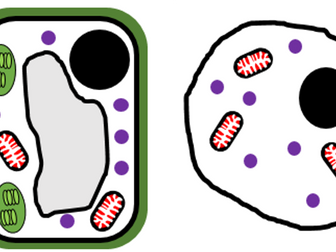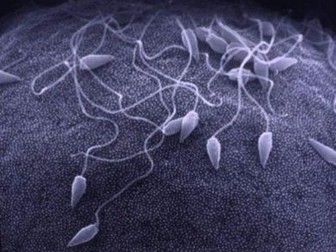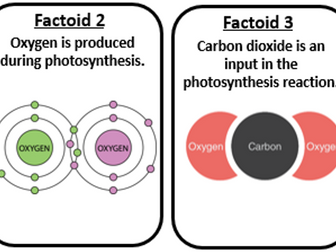
Periodic Elements Card Game
2 simple card games utilizing the first 54 elements of the periodic table in playing card form to teach students the organisation of the periodic table into groups and periods.
Lucky 8's (discard the cards by period and group) and Atomic Masses (calculators at the ready, who can match the drawn cards mass).
Playing cards are attached in the pdf file, and an accompanying reduced periodic table is located in the PowerPoint after the instructions for printing off.


